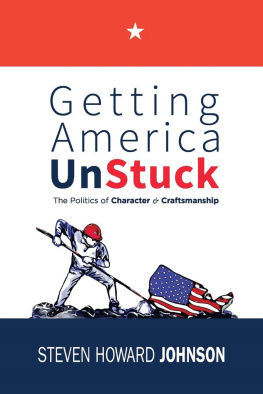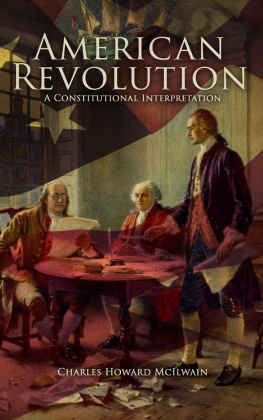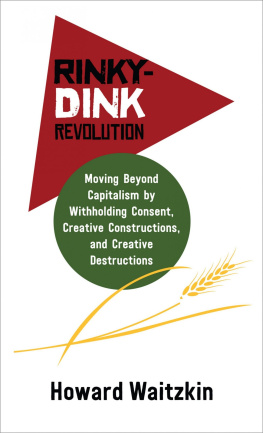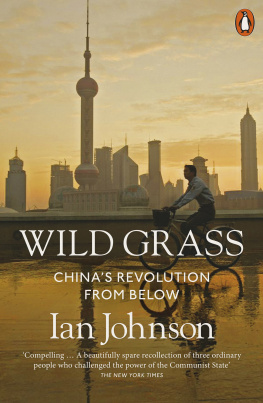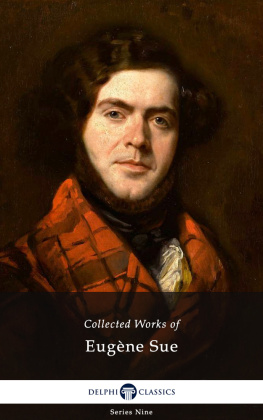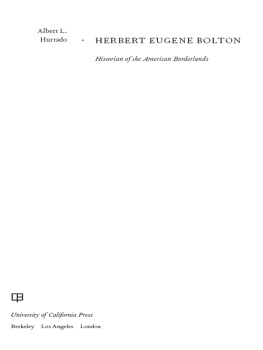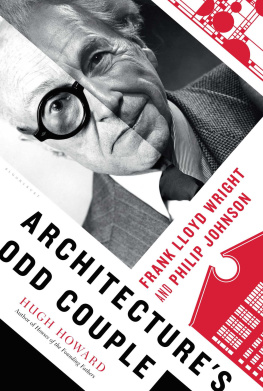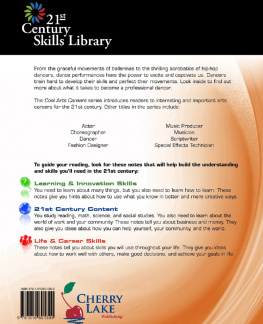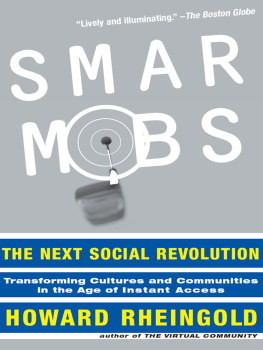Johnson Howard Eugene - A Dancer in the Revolution
Here you can read online Johnson Howard Eugene - A Dancer in the Revolution full text of the book (entire story) in english for free. Download pdf and epub, get meaning, cover and reviews about this ebook. publisher: Fordham University Press, genre: Politics. Description of the work, (preface) as well as reviews are available. Best literature library LitArk.com created for fans of good reading and offers a wide selection of genres:
Romance novel
Science fiction
Adventure
Detective
Science
History
Home and family
Prose
Art
Politics
Computer
Non-fiction
Religion
Business
Children
Humor
Choose a favorite category and find really read worthwhile books. Enjoy immersion in the world of imagination, feel the emotions of the characters or learn something new for yourself, make an fascinating discovery.

- Book:A Dancer in the Revolution
- Author:
- Publisher:Fordham University Press
- Genre:
- Rating:4 / 5
- Favourites:Add to favourites
- Your mark:
- 80
- 1
- 2
- 3
- 4
- 5
A Dancer in the Revolution: summary, description and annotation
We offer to read an annotation, description, summary or preface (depends on what the author of the book "A Dancer in the Revolution" wrote himself). If you haven't found the necessary information about the book — write in the comments, we will try to find it.
A Dancer in the Revolution — read online for free the complete book (whole text) full work
Below is the text of the book, divided by pages. System saving the place of the last page read, allows you to conveniently read the book "A Dancer in the Revolution" online for free, without having to search again every time where you left off. Put a bookmark, and you can go to the page where you finished reading at any time.
Font size:
Interval:
Bookmark:
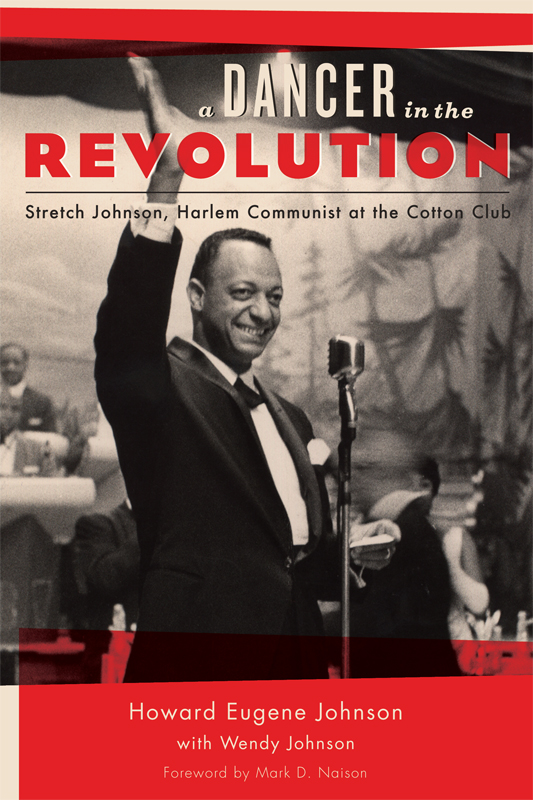
A DANCER IN THE REVOLUTION
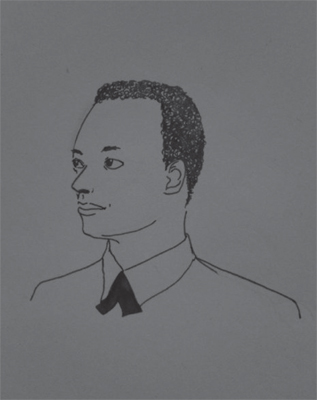

Frontispiece: Drawing of Stretch by his great-granddaughter La Boutili
Copyright 2014 Fordham University Press
The map on pages is by E. Simms Campbell, A Night-Club Map of Harlem, 1932.
All rights reserved. No part of this publication may be reproduced, stored in a retrieval system, or transmitted in any form or by any meanselectronic, mechanical, photocopy, recording, or any otherexcept for brief quotations in printed reviews, without the prior permission of the publisher.
Fordham University Press has no responsibility for the persistence or accuracy of URLs for external or third-party Internet websites referred to in this publication and does not guarantee that any content on such websites is, or will remain, accurate or appropriate.
Fordham University Press also publishes its books in a variety of electronic formats. Some content that appears in print may not be available in electronic books.
Library of Congress Cataloging-in-Publication Data is available from the publisher.
Printed in the United States of America
16 15 14 5 4 3 2 1
First edition
to Martha
Contents
This long-awaited memoir of Howard Stretch Johnson, former Communist Party leader and pioneer in the Black Studies movement, is a welcome addition to the rapidly growing literature on the role of the communist left in launching challenges to racism and white supremacy well before the civil rights movement of the 1950s and 1960s. Books like Glenda Gilmores Defying Dixie , Danielle McGuires At the Dark End of the Street , and Erik McDuffies Sojourning for Freedom each highlight the experience of African American activists who were in or close to the Communist Party from the early 30s in creating movements around issues ranging from lynching and sexual assault to labor organizing and voting rights. Johnson, who had a major role in a number of the initiatives highlighted in these books, has a unique perspective on the Communist Partys involvement in civil rights activism, both as a party member for more than twenty years and as a scholar and teacher trying to make sense of those experiences with the wisdom of hindsight. But what makes his memoir all the more fascinating is the path that led Johnson to communism. Johnson was the ultimate insider in the cultural and political life of the Black community in northern New Jersey he grew up in and his adopted community of Harlem. An athlete, star student, and NAACP youth leader who never met a party he didnt like, Johnson ended up getting work as a dancer at Harlems world-famous Cotton Club and also danced on Broadway. When he was recruited to the Young Communist League in the mid-30s, he was able to put the full range of his personal contacts, who included bandleaders, ministers, professional athletes, and people in the underground economy, at the movements disposal. Throw out your stereotypes of the communist as grim-faced ideologue and disciplinarian. While Johnson accepted party discipline, sometimes to his own and the movements detriment, he also was incredibly effective at bonding with people, motivating people, and creating alliances between communist organizations and a cross-section of Black community institutions, all of which make his story exceptionally informative and intriguing.
But this memoir, which was completed by his daughter Wendy more than ten years after his death, is not just about Johnsons life in the Communist Party. It is also about Johnsons odyssey growing up in a nearmiddle-class Black family whose experiences in a racially hierarchical society left it both with a strong residue of frustration as well as a high level of race pride. Everyone on both sides of his family was racially mixed. His fathers family, originally from the South, had Native American and European as well as African ancestry, and his mothers family came from a much-maligned, racially mixed group from New Jersey known as the Ramapo Mountain People. Johnson and his siblings grew up near-white in appearance in New Jersey towns that did not draw the color line in schools but did so in many other aspects of life, especially the job market. This forced multitalented men of color like Johnsons father to have multiple sources of income, some on the other side of legality, to support themselves and their families and left them with an extremely cynical and unflattering view of white people. A professional baseball and basketball player and sometime professional gambler who could recite Shakespeare by the yard, Johnsons father instilled in him a love of learning, a love of sports, a love of the arts, and a powerful conviction that Black people, however you defined them, were as good as white people in most things, and better than them in most.
This race pride, or high self-esteemhowever you want to describe itallowed Johnson to have a childhood and adolescence filled with sports and music, romance and intrigue and more than a little academic success. He was a star in the schools he attended, a star in his family, and a star in the Black middle-class world of northern New Jersey. Although he had white friends, his most meaningful friendships were with African American young people in his own and adjoining towns who had their own distinctive and quite vital, social, and political lives. Johnson describes an adolescence filled with ball games, parties, plays, church socials, NAACP meetings, and fun-filled road trips during which a hint of romance was in the air for the dashing and glamorous Black teenagers Johnson hung out with. Although portions of Johnsons odyssey parallel those of Malcolm Xschildhood in a predominantly white northern community, immersion in the nightlife and cultural life of the Harlem community, followed by politicizationthe story Johnson tells here, honed by his keen sociologists eye, is very different from the one Malcom X told about his experiences in Michigan. Not only did Johnson, unlike Malcolm, grow up in a vibrant, intact family, he was surrounded by strong Black institutions and Black people who were confident and economically stable, although their paths to economic stability were not always conventional or legal.
But though Johnsons childhood and adolescence were filled with excitement, joy, and opportunities to hone his intellect and artistic and athletic talents, the realities of living in a racist society still cast a shadow over his experience. The jobs he could get, such as working on the kitchen staff of summer camps for wealthy whites, all were in the service sector. High-paying blue-collar jobs as well as office work in corporations or government agencies were off limits to an African American teenager, even one as talented and charming as Johnson. Nowhere was this more true than in Harlem, the cultural capital of Black America, where Johnsons family moved in the early 1930s, following his sister Winnie, a glamorous and talented dancer and chorus girl at the Cotton Club. Winnie, strikingly beautiful, dated, married, or was otherwise involved with some of the best-known Black men of her eraamong them Bill Bojangles Robinson, Stepin Fetchit, and Joe Louisand Johnson got to meet all of them. Unlike Malcolm X, Johnson came to Harlem with contacts who could ease his entry into the top levels of the African American entertainment world, of civil rights advocacy, and of sports and the underground economy. But despite this cultural capital, Johnson found himself dependent on whites to find employment and advance his performing career. Some of the most powerful and chilling passages of the book describe the white underworld characters who controlled the Cotton Club and the upper-class whites who came to Harlem for all kinds of illicit thrill-seeking, people whom Johnson found himself needing to please, or manipulate, if he wanted to find any kind of work as an entertainer.
Font size:
Interval:
Bookmark:
Similar books «A Dancer in the Revolution»
Look at similar books to A Dancer in the Revolution. We have selected literature similar in name and meaning in the hope of providing readers with more options to find new, interesting, not yet read works.
Discussion, reviews of the book A Dancer in the Revolution and just readers' own opinions. Leave your comments, write what you think about the work, its meaning or the main characters. Specify what exactly you liked and what you didn't like, and why you think so.

